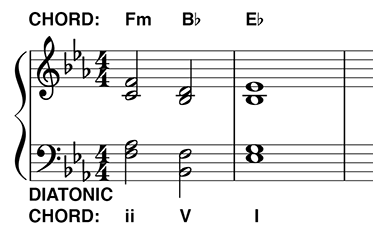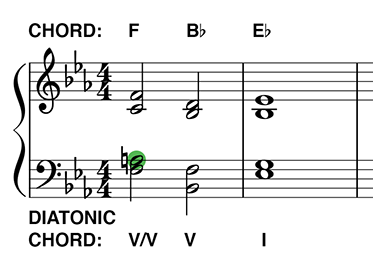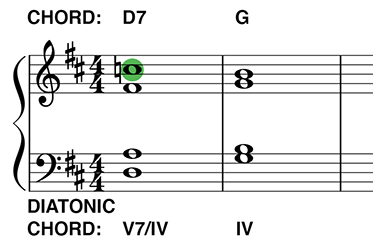
HOSTS- Jeremy Burns, Matthew Scott Phillips
TYPE- Theory
DURATION- 65:17
BUMPER MUSIC- "Dark Side of the Rainbow"
(Area 47 Music)
ANNOUNCER- Mike Cunliffe
Join us as we venture toward chromaticism with this discussion of secondary dominants. We will talk about how these chords can be used in the tonicization of chords other than the tonic, with their dominant function. In this episode, we will focus on the V of V (V/V) and the V of IV (V/IV).

-So far all the chords we have discussed have been diatonic. They've involved notes that were not originally in the scale. This will usually result in ACCIDENTALS.
-MELODIC and HARMONIC minor scales involve accidentals as well but those are still considered diatonic.
-CHROMATIC HARMONY (from the Greek root ‘chroma’= color) introduces chromatic notes, from outside of the given key signature.




Below, we see a typical I - IV progression. Because the I chord is a fifth above the IV, we can also call this a V of IV (V/IV).

To really give that I chord a DOMINANT feel, we have added the m7 to the D major chord below. When we add the 7th to a I chord, it is typically a MAJOR 7 (M7) chord. Because this chord is a MAJOR MINOR 7 (Mm7) chord, it very clearly is being used to TONICIZE the following IV chord.

- A cadential I 6/4 chord should really be thought of as a V chord with a couple of NON CHORD TONES (suspensions, specifically).
-The same rules of voice leading apply to the secondary dominants as those that apply to dominants.
-Where there is a secondary dominant, there will be secondary LEADING TONE.
-Try practicing progressions using these chords, using CHORALE or KEYBOARD styles.
-Don't neglect the MINOR keys while working on these progressions.
